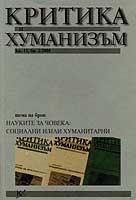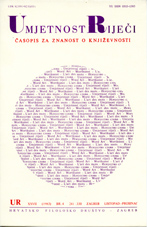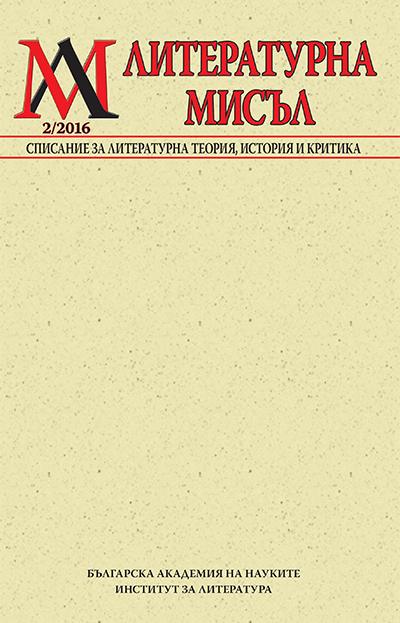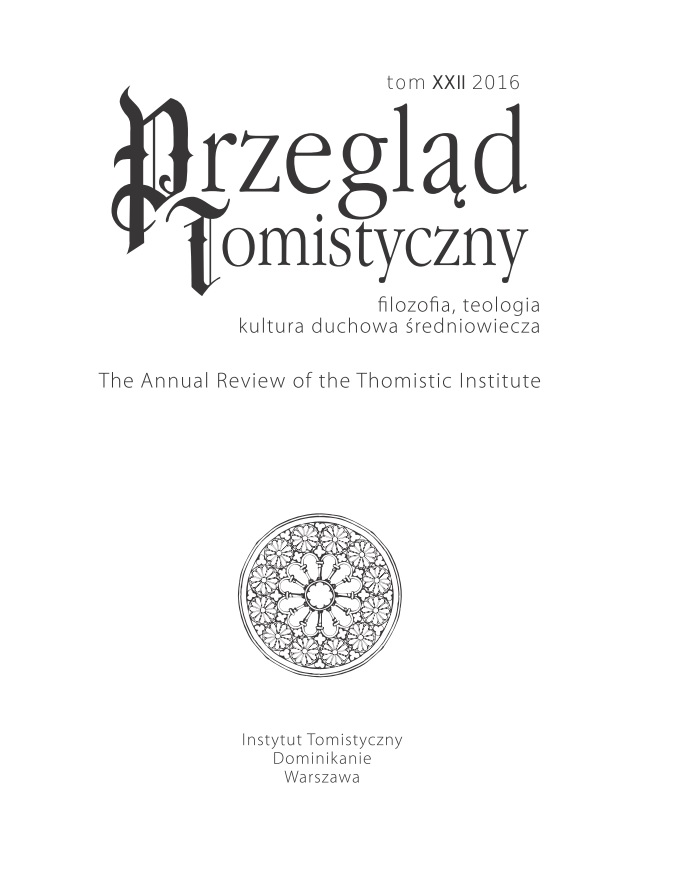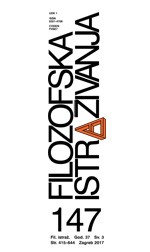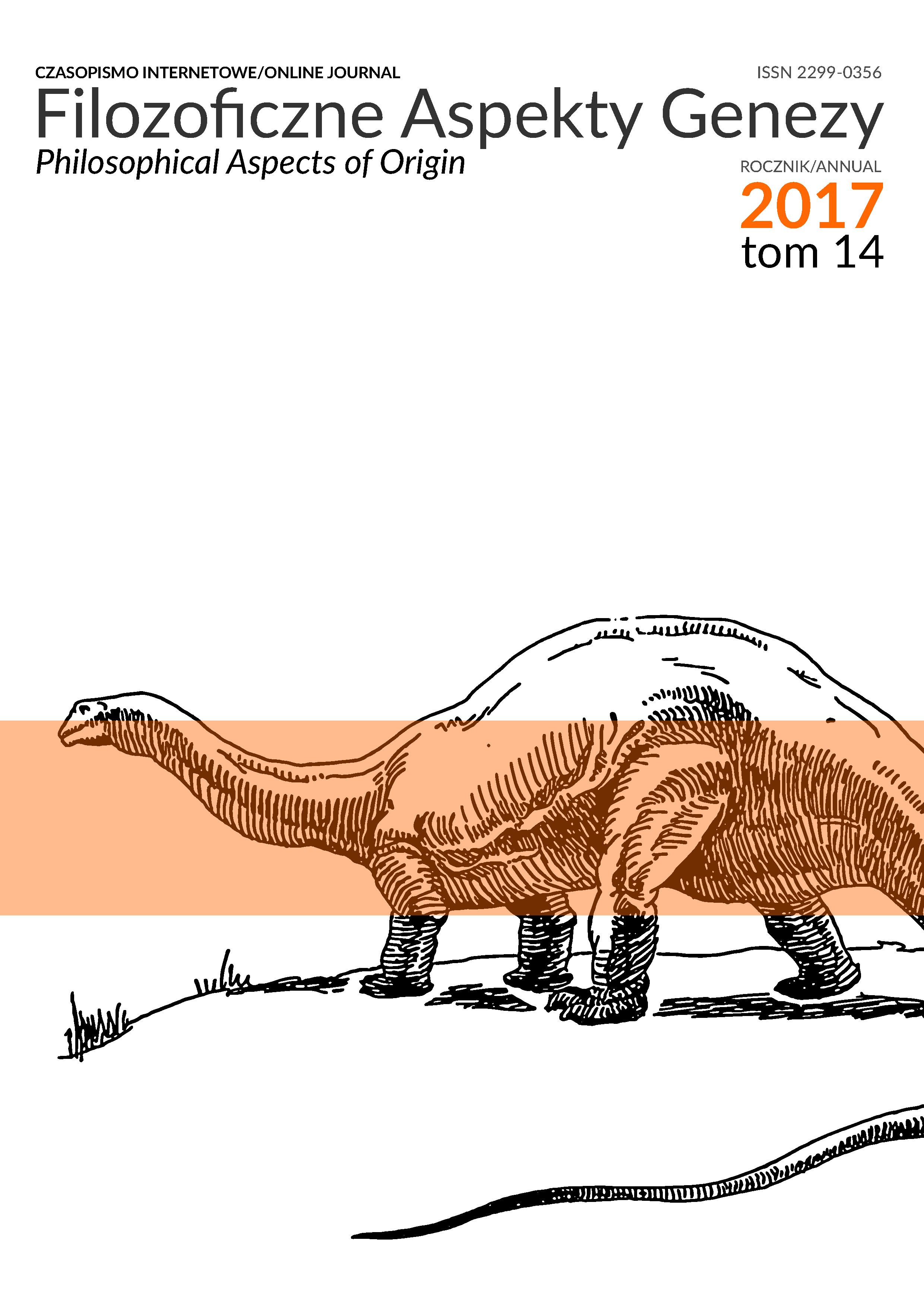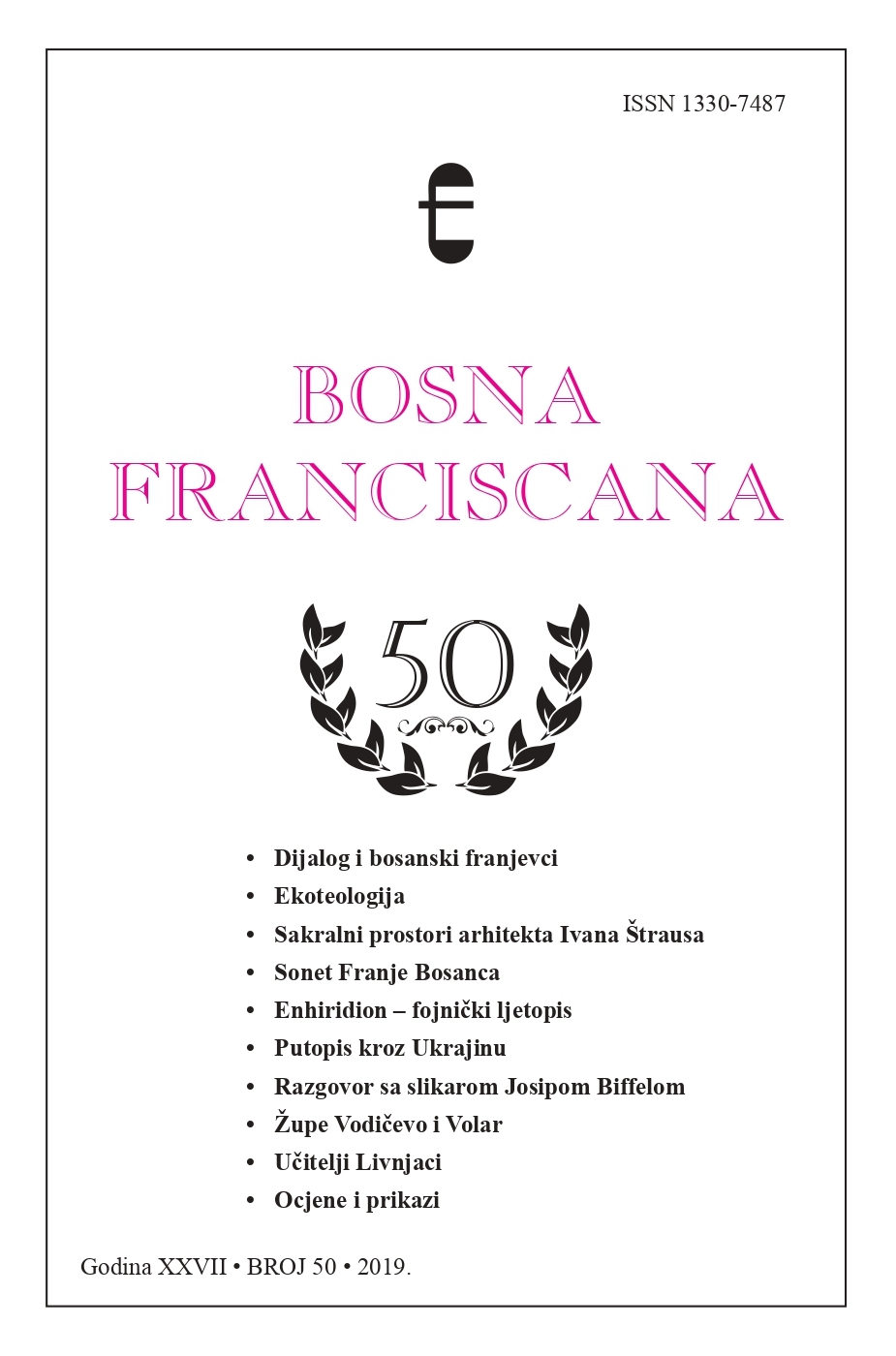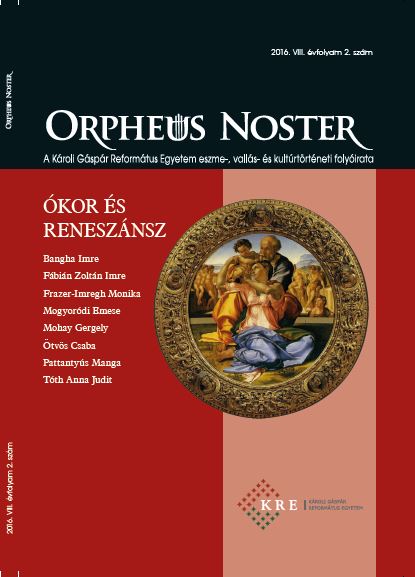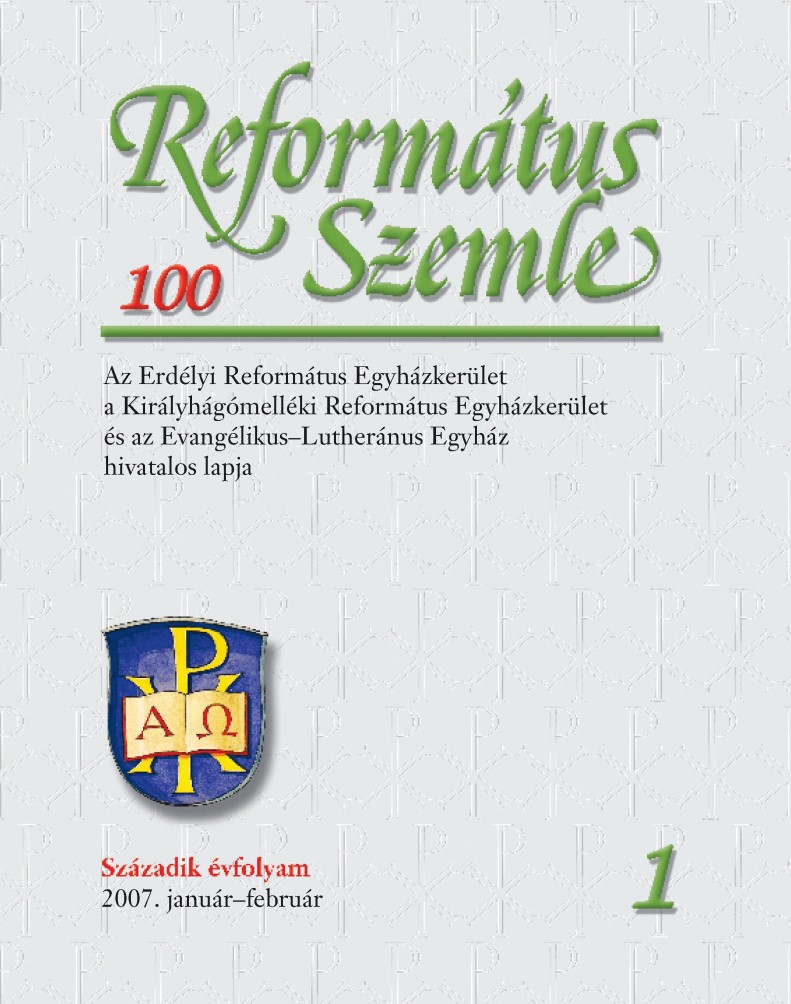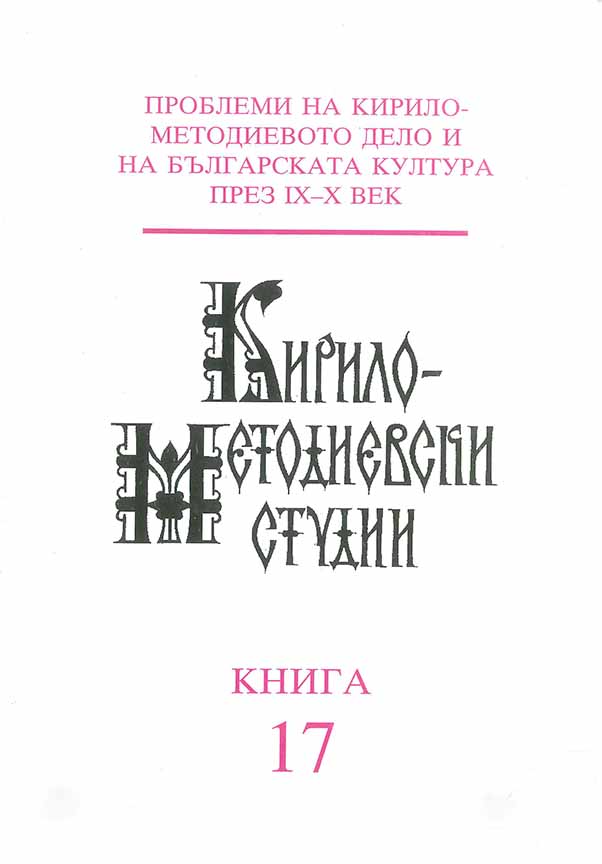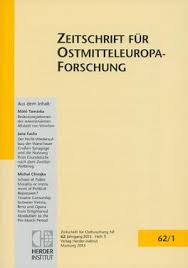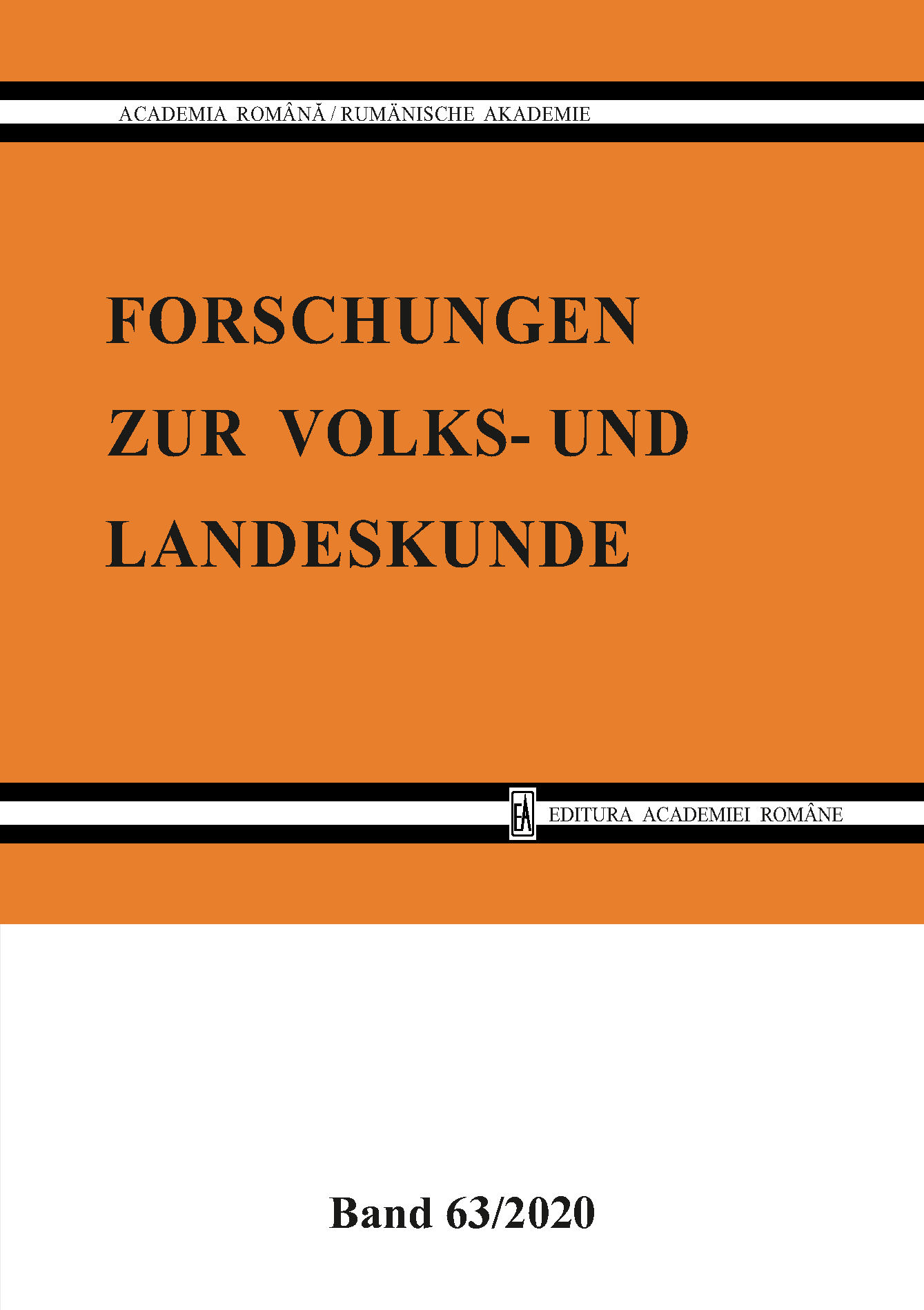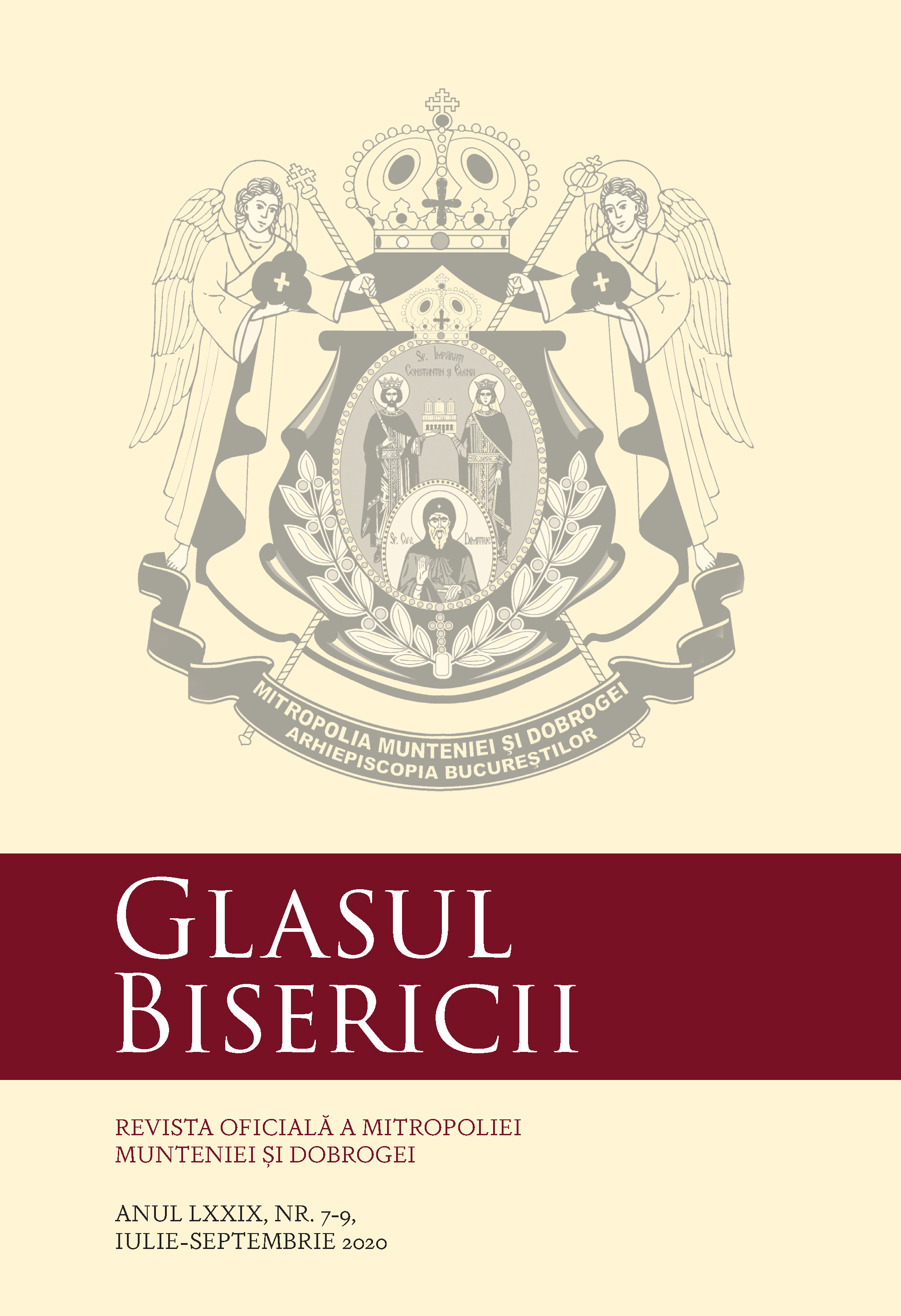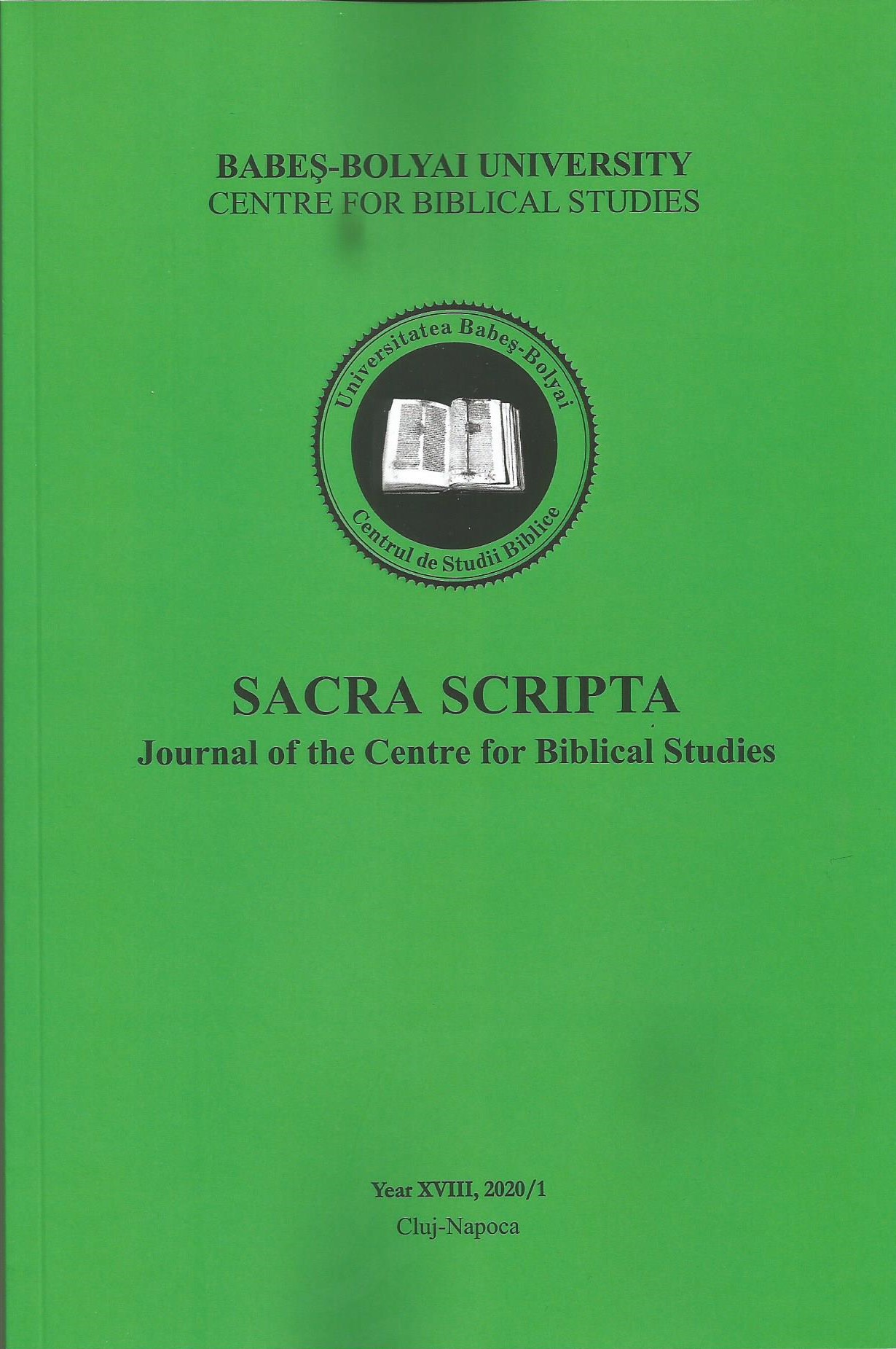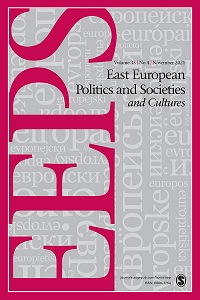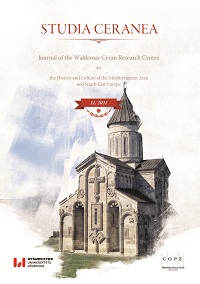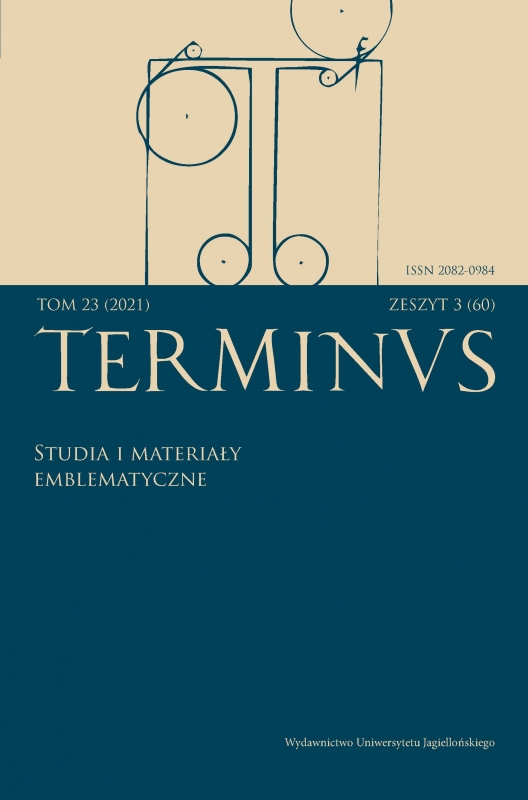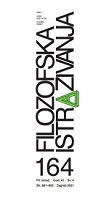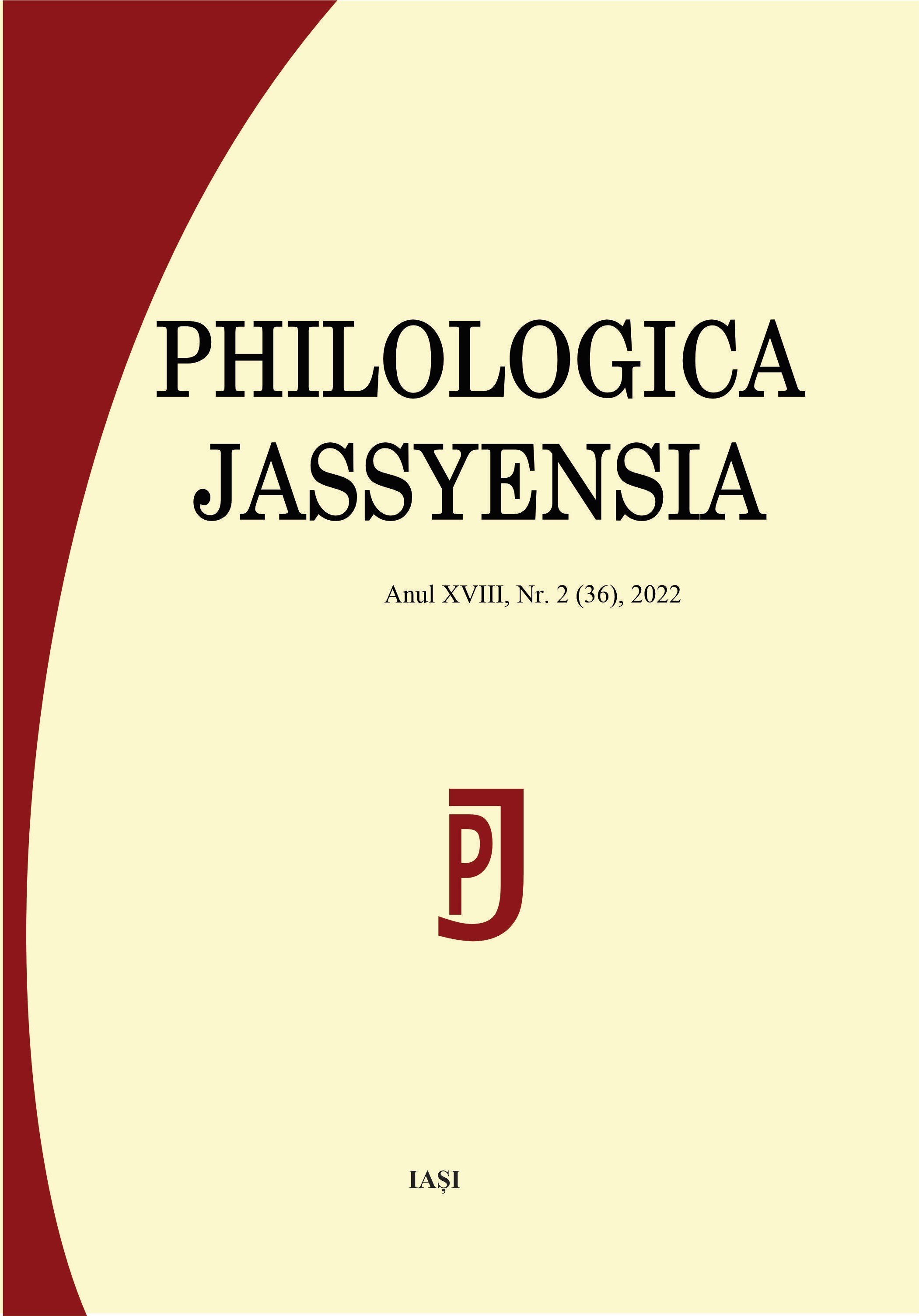Nowo odnaleziony autograf Tomasza Tretera. Notatnik z projektem księgi emblematów
Author(s): Alicja Bielak / Language(s): Polish
/ Issue: 3 (60)/2021
Keywords: Tomasz Treter; emblem; notebook; imprese; autograph; Claude Paradin; Lorenzo Lotto
The goal of the paper is to present the attribution and codicological analysis of a manu- script currently stored at Biblioteca civica Angelo Mai in Bergamo (sign. MM 378). The paper describes the manuscript codicologically, also hypothesizing as to its presence in the Bergamo library. Based on a manuscript annotation on the codex’s upper pastedown, I argue that it was intended as a gift for one of the Załuski family. On the basis of the printed correspondence between Józef Andrzej Załuski and Angelo Maria Querini, it may be assumed that Codex MM 378 was among the parcels containing manuscripts from the circle of Stanisław Hosius that the Italian librarian intended to send to Załuski. The boxes with the codices never reached the Polish librarian due to the tardiness of the messenger, Jacques David Frédéric Perard. It is claimed here that both the inscriptions and images in the code are authored by Tomasz Treter. The manuscript’s attribution was based on palaeographic analysis (comparing the handwriting with Treter’s epistolography stored in the archives in Kraków and Olsztyn). According to the dates included in the code, the inscriptions were made between 20 June 1569 and 2 March 1575. The manu- script thus represents the earliest known evidence of Treter’s artistic activity. The auto- graph contains some previously unknown emblems by Treter, and a preliminary design of the emblem work Symbolica vitae Christi meditatio (published 1612). As many as 51 sketches in the manuscript overlap with the emblematic icons of the 1612 printing, all of which are more symbolic (hieroglyphic) representations of Christian virtues known from Treter’s printing, while there are no sketches of icons in the printed book refer- ring to specific biblical scenes. Therefore, there is still uncertainty about the authorship of these compositions, which also differ in the quality of rendition from the previously mentioned ones. Comparing the autograph with the artist’s later published work offers insight into his technique. The drawings in the manuscript show very clear inspiration of Claude Paradin, Gabriel Syméon, Aneau Barthélemy and Andrea Alciato, which is not always conspicuous in the printed version. The analysis includes the final note, mention- ing imprese with the painter Lorenzo Lotto, which explains correspondences between this artist’s work and the emblems from Symbolica vitae Christi meditatio.A Newly Discovered Autograph by Tomasz Treter: A Notebook with a Design of a Book of EmblemsThe goal of the paper is to present the attribution and codicological analysis of a manuscript currently stored at Biblioteca civica Angelo Mai in Bergamo (sign. MM 378). The paper describes the manuscript codicologically, also hypothesizing as to its presence in the Bergamo library. Based on a manuscript annotation on the codex’s upper pastedown, I argue that it was intended as a gift for one of the Załuski family. On the basis of the printed correspondence between Józef Andrzej Załuski and Angelo Maria Querini, it may be assumed that Codex MM 378 was among the parcels containing manuscripts from the circle of Stanisław Hosius that the Italian librarian intended to send to Załuski. The boxes with the codices never reached the Polish librarian due to the tardiness of the messenger, Jacques David Frédéric Perard. It is claimed here that both the inscriptions and images in the code are authored by Tomasz Treter. The manuscript’s attribution was based on palaeographic analysis (comparing the handwriting with Treter’s epistolography stored in the archives in Kraków and Olsztyn). According to the dates included in the code, the inscriptions were made between 20 June 1569 and 2 March 1575. The manuscript thus represents the earliest known evidence of Treter’s artistic activity. The autograph contains some previously unknown emblems by Treter, and a preliminary design of the emblem work Symbolica vitae Christi meditatio (published 1612). As many as 51 sketches in the manuscript overlap with the emblematic icons of the 1612 printing, all of which are more symbolic (hieroglyphic) representations of Christian virtues known from Treter’s printing, while there are no sketches of icons in the printed book referring to specific biblical scenes. Therefore, there is still uncertainty about the authorship of these compositions, which also differ in the quality of rendition from the previously mentioned ones. Comparing the autograph with the artist’s later published work offers insight into his technique. The drawings in the manuscript show very clear inspiration of Claude Paradin, Gabriel Syméon, Aneau Barthélemy and Andrea Alciato, which is not always conspicuous in the printed version. The analysis includes the final note, mentioning imprese with the painter Lorenzo Lotto, which explains correspondences between this artist’s work and the emblems from Symbolica vitae Christi meditatio.
More...
